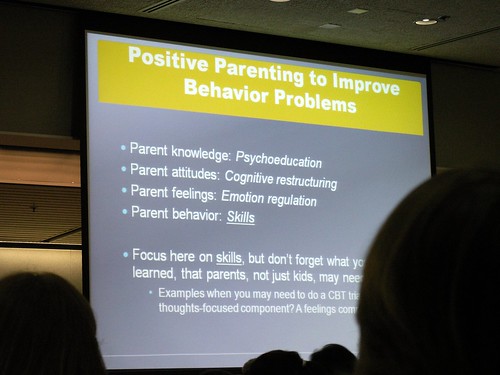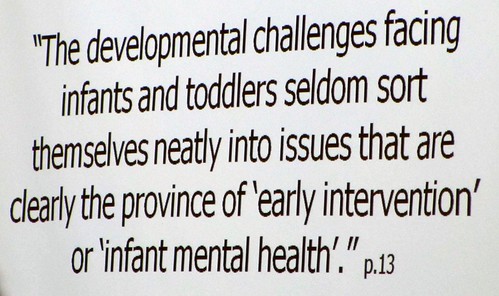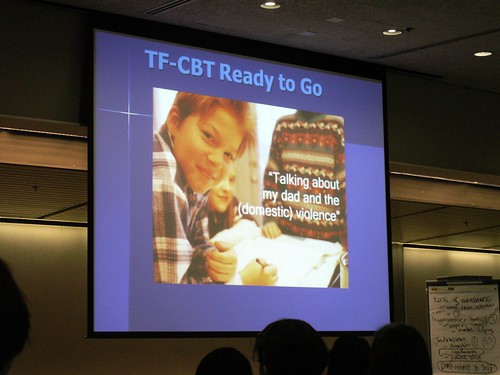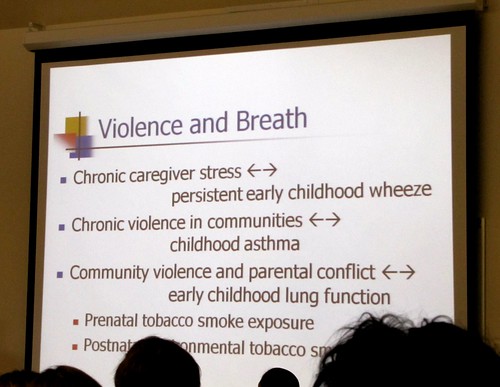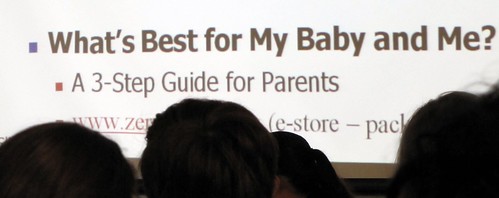
Slide source: Sherri Hill, Babies, brains and relationships
Parent-Child Activities that Promote Thinking SkillsSchool Readiness: Birth to Three
- Create an obstacle course. Lay out boxes to crawl through, stools to step over, pillows to jump on top of, low tables to slither under. Describe what your child is doing as he goes through the course. This helps him understand these concepts.
There are so many resources available through Zero-to-Three. Do you subscribe to the Baby to Big Kid E-newsletter?
An e-newsletter that showcases how children learn and grow each month from birth to 3 years. From Baby to Big Kid translates the science of early childhood and offers strategies parents can tailor to their unique family situation and to the needs of their child.http://www.zerotothree.org/child-development/from-baby-to-big-kid/
